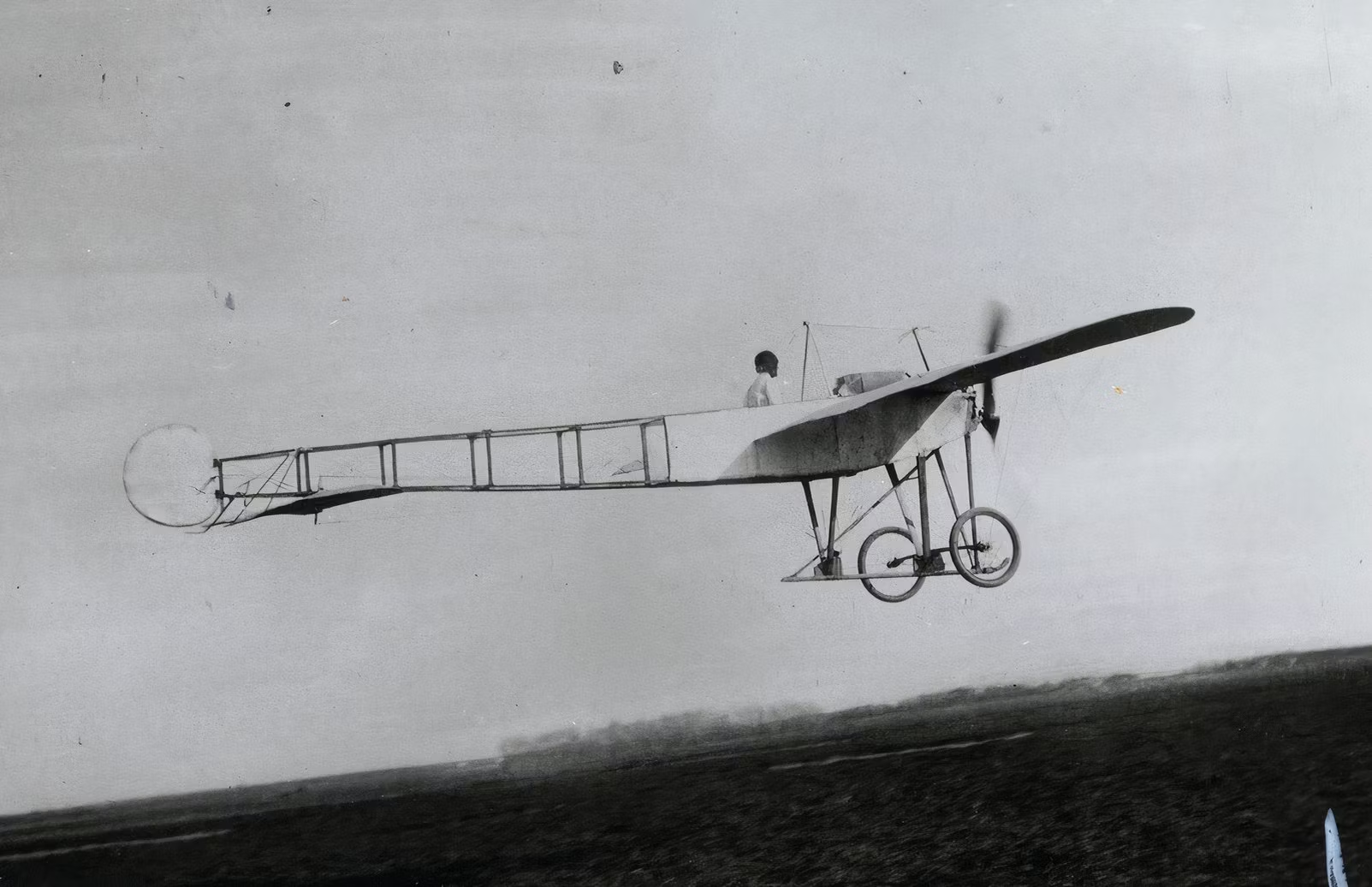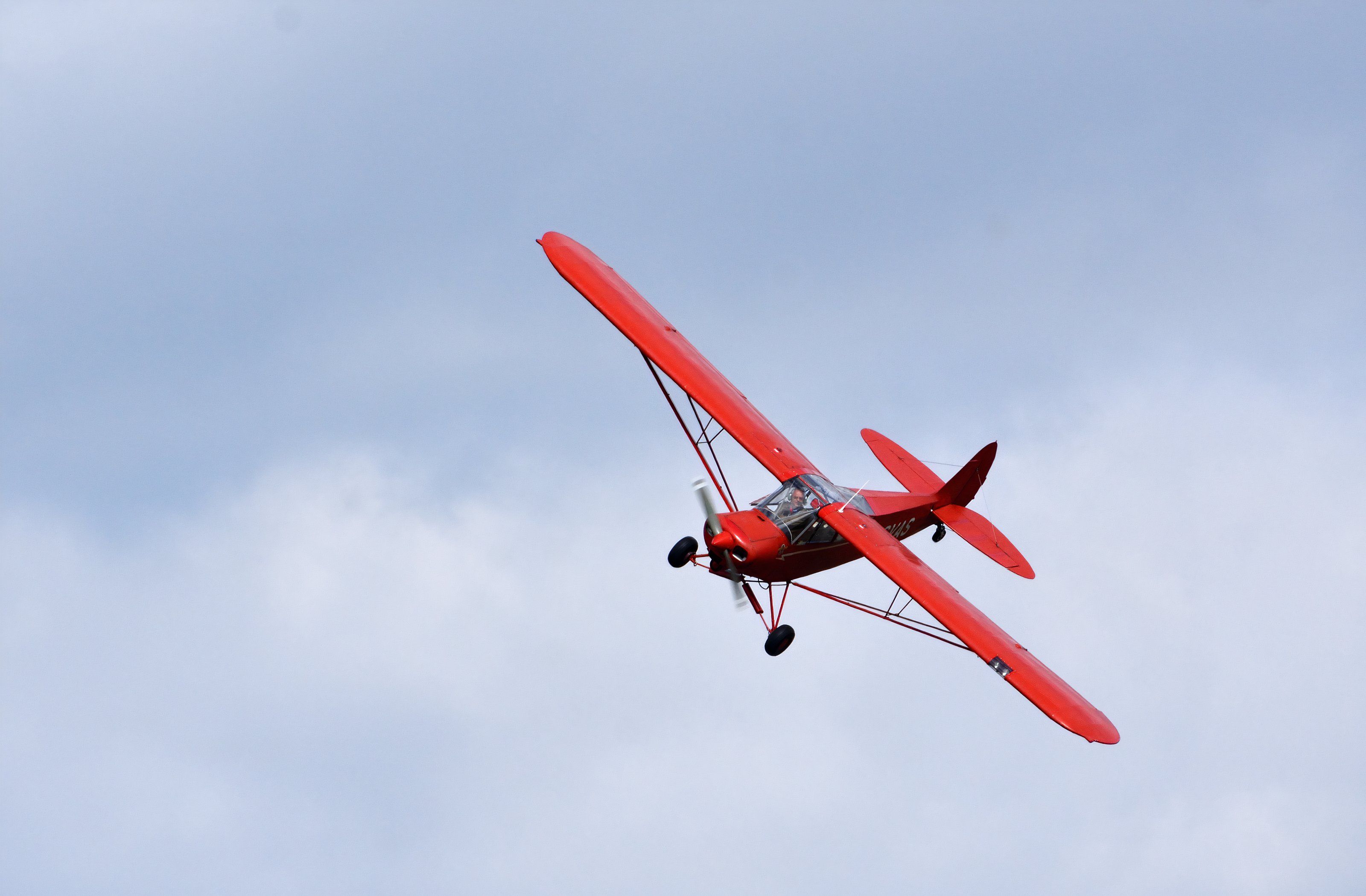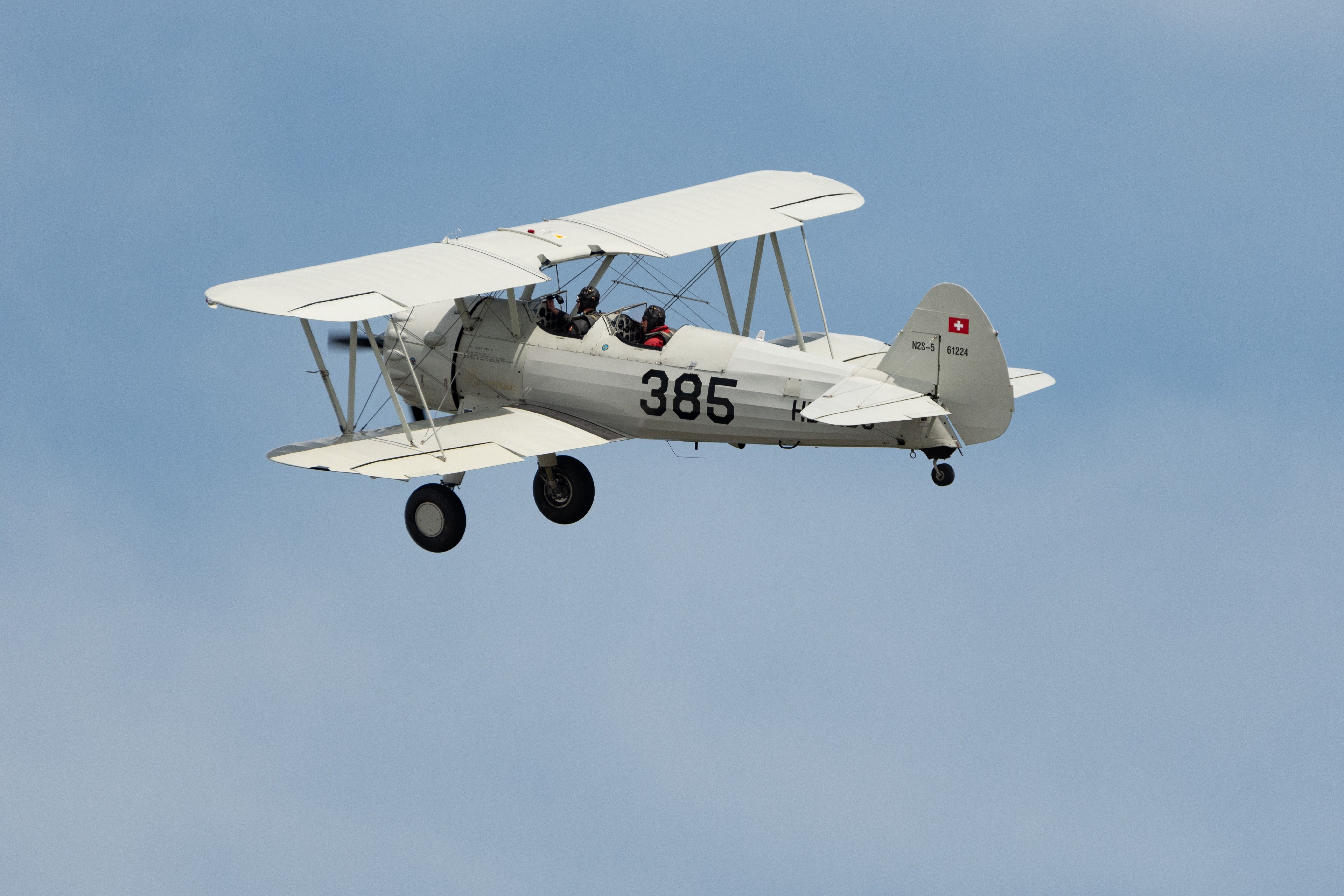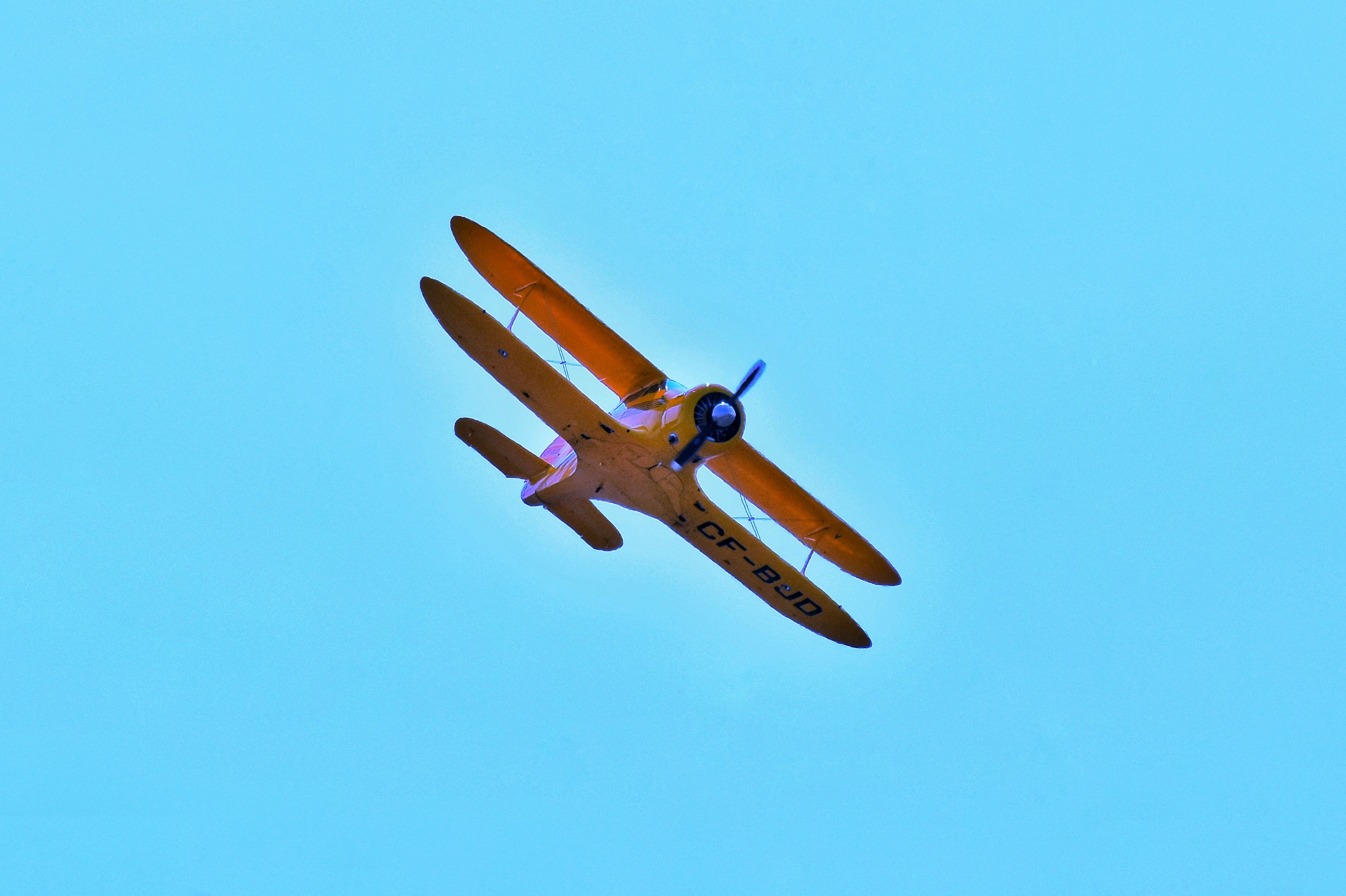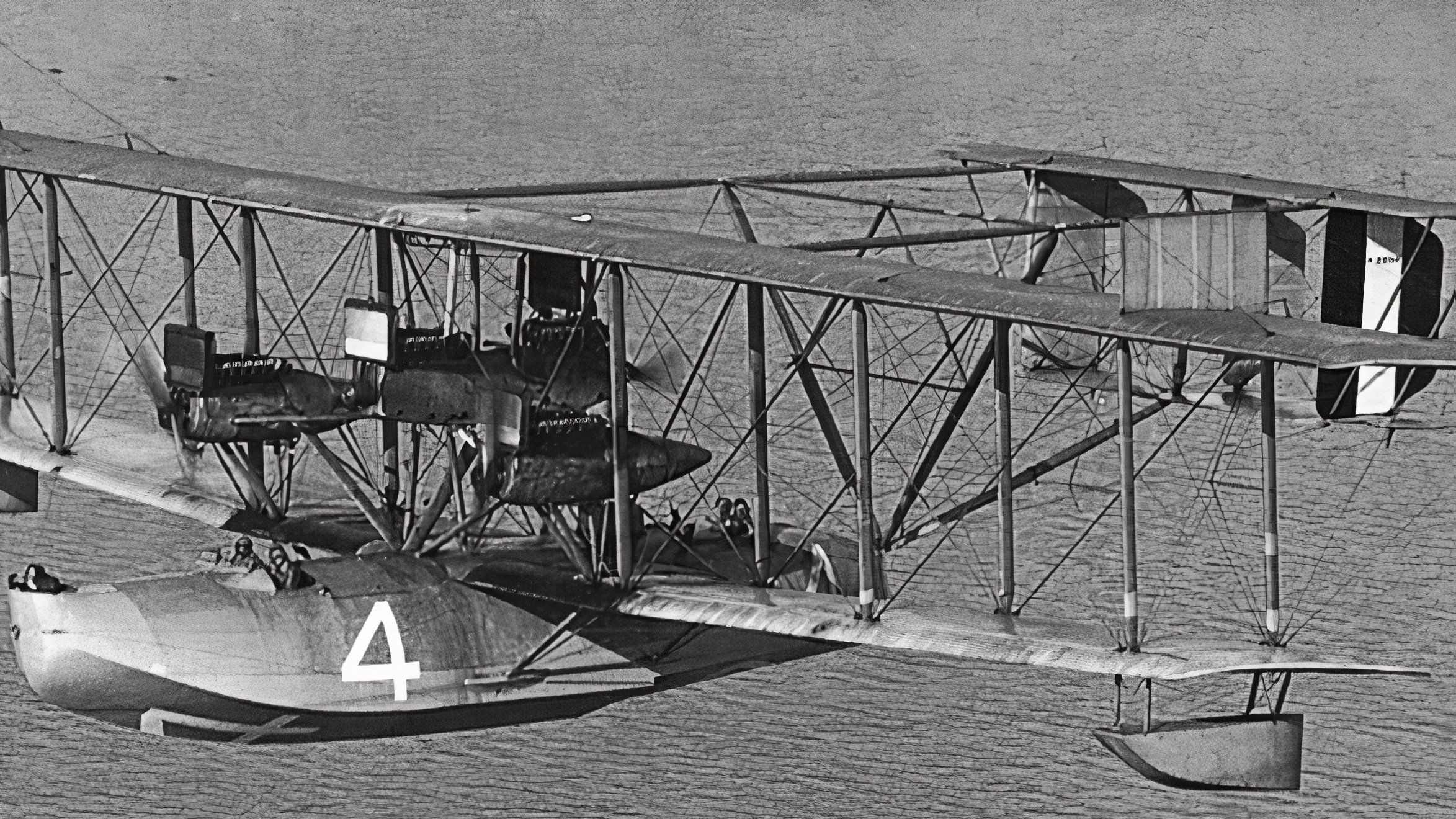Early forms of aviation have existed for hundreds of years, including kites and similar contraptions. The hot air balloon, invented in the late 18th century, is also included. However, aviation really came to be in the early 1900s. What led to modern aviation can be traced back directly to the Wright Brothers, two of the most famous aviators of all time. The two brothers completed the first successful powered flight on December 17, 1903.
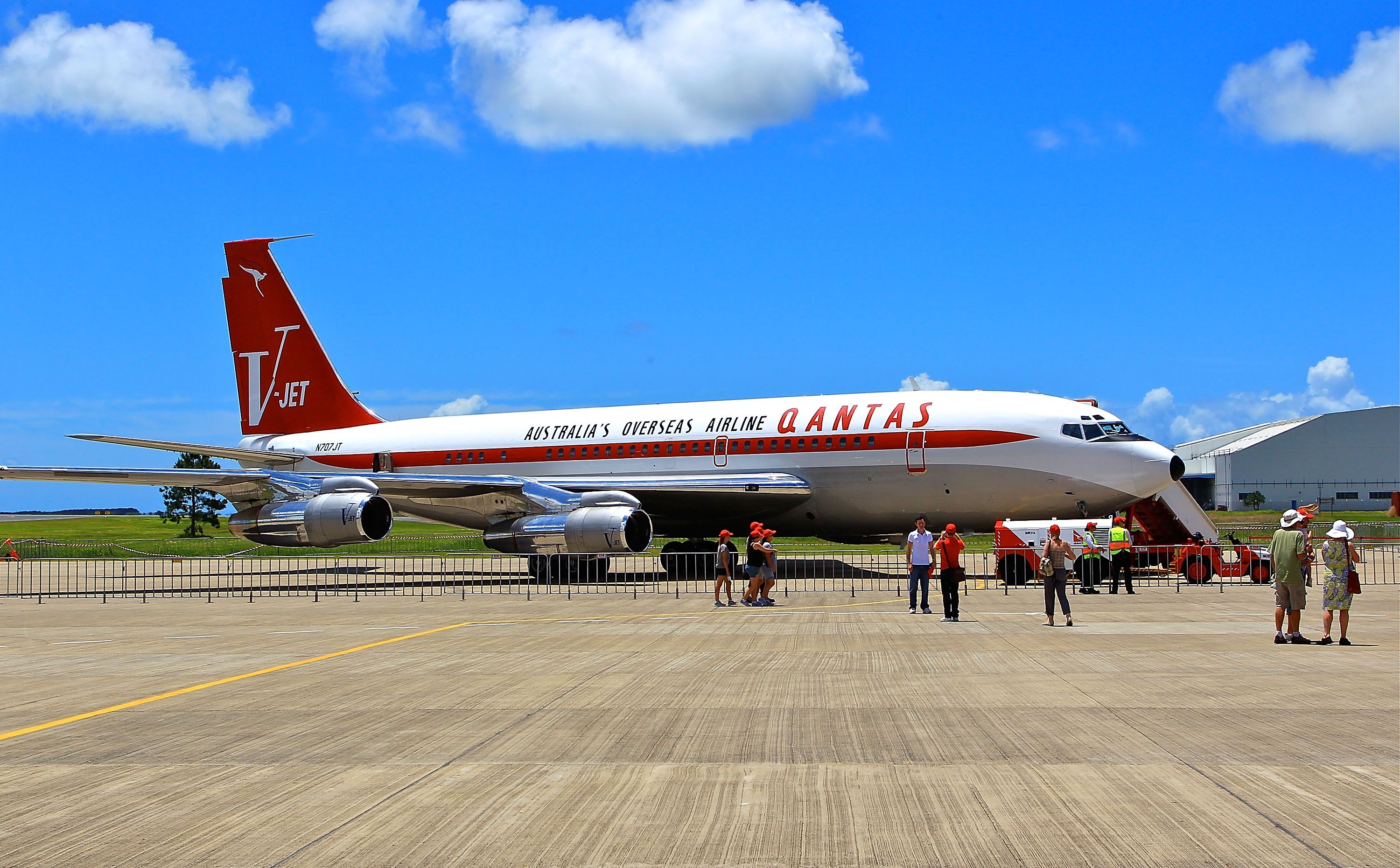
Related
The Evolution Of The Airplane
Aircraft design has changed a great deal since the Wright Brothers took to the skies. Let’s take a look at some of the most significant milestones.
Since then, the aviation industry has rapidly advanced. The introduction of the internal combustion engine, tractor landing gear configuration, and even the development of advanced manufacturing methods spurred this growth.
Nowadays, it is not uncommon to see a private jet fly over 7,000 nautical miles (8,055 miles) or a single-engine propeller aircraft fly over 150 knots (173 miles per hour). Many companies have come from general aviation beginnings to lead the forefront of aviation overall.
However, while the Wright Brothers and their feat of completing the first successful powered flight is very well known by the general population, many other aviation pioneers who helped develop the industry get less shine. Let’s take a closer look at a few of the aviation engineers and entrepreneurs who helped form the general aviation industry as it is known today.
1
Clyde Cessna
Year born: 1879
Clyde Cessna was born on December 5, 1879, in Hawthorne, Iowa. However, he grew up in rural Kansas. As a young boy, Clyde became interested in machinery, specifically fixing equipment around his family’s farm.
This all changed, however, in 1910, when Clyde saw an aerial exhibition of aircraft flying overhead. His interests switched to designing and building aircraft, which led him to move to New York and begin working at Queen Aeroplane Company.
Clyde built his first airplane in 1911, which he called the Silverwing. The Silverwing was a wooden monoplane powered by an Elbridge motorboat motor that provided the aircraft with only 40 horsepower. Still, the aircraft flew successfully in June 1911.
He built several other aircraft, including the following aircraft:
- Cessna Model A
- Cessna CW-6
- Cessna DC-6
Eventually, Clyde set up shop with two other famous aviation pioneers, Walter Beech and Lloyd Stearman, who founded Travel Air Manufacturing Company in Wichita, Kansas.
After a few short years with Travel Air Manufacturing Company, Clyde left the company to form Cessna Aircraft Corporation in 1927.
After a few years of struggles, mostly due to the Great Depression that began in 1929, Clyde and his two nephews, Dwane and Dwight Wallace, formed a successful company. Cessna Aircraft Company would go on to be one of the most successful aircraft manufacturers of all time, including building the most produced general aviation aircraft of all time, the Cessna 172 Skyhawk.
2
Walter Beech
Year born: 1891
Walter Herschel Beech was born on January 30, 1891, in Pulaski, Tennessee. Walter found an early interest in aviation, and he started flying in 1905 when he was just 14 years old.
That same year, he designed and built a glider of his own. His aviation interest led him to fly for the United States Army during World War I. After the war ended, he joined Swallow Airplane Company as a test pilot, one of the earliest aircraft manufacturers.
However, after just a few years at Swallow Airplane Company, Walter left to join Travel Air Manufacturing with Lloyd Stearman and Clyde Cessna in 1924. He eventually became the company’s Vice President after it merged with Curtiss-Wright.
In 1932, Walter eventually left to form his own company. Along with the help of his wife, Olive Ann Beech, legendary aviation engineer Ted Wells, K.K. Shaul, and C.G. Yankey, Walter formed Beech Aircraft Company.
This company became increasingly popular during World War II, as it produced over 7,400 military aircraft for the US military. Beech also took advantage of the general aviation boom after the war, which helped solidify the aircraft manufacturers as one of the “Big Three” of general aviation. It still produces several popular aircraft today, including the following aircraft:
- Beechcraft Bonanza
- Beechcraft Baron
- Beechcraft King Air
3
William T. Piper
Year born: 1881
William Thomas Piper Sr. was born on January 8, 1881, in Knapp Creek, New York. In 1903, he graduated from Harvard University and later served as an officer in the United States Army.
In World War I, he enlisted in the United States Army Corps of Engineers. After the war ended, Piper entered the oil business and started investing in various companies.
One of these companies he eventually invested in was Taylor Brothers Aircraft Corporation in 1929. This company was founded by Clarence and Gordon Taylor in 1927 as a lightweight aircraft manufacturer.
Eventually, he became the full owner of the company and led it through a reorganization that led to its rebranding as Piper Aircraft Company in 1937.
Piper was known as the “Henry Ford of Aviation” due to his company’s reliance on building lightweight aircraft in the most efficient way possible. During his time overseeing the Piper Aircraft Company, the company produced over 80,000 total aircraft.
4
Clarence Gilbert Taylor
Year born: 1898
Clarence Gilbert Taylor was born in Rochester, New York, on September 8, 1898. Along with his brother Gordon A. Taylor, Taylor found an early interest in aircraft. The two brothers founded Taylor Brothers Aircraft Corporation in 1927 in upstate New York. However, Gordon was killed in a demonstration flight of one of the brothers’ prototype aircraft in Dearborn, Michigan, in 1928.
Photo: Martin Charles Hatch | Shutterstock
Because of this, Gilbert moved the company to Bradford, Pennsylvania, and William Piper purchased the assets of the company. Gilbert remained with the company, and he continued designing lightweight aircraft as the President of the company.
During this time, he designed and developed the Piper Cub, one of the most successful aircraft of all time. Over 20,000 Piper Cubs were produced, solidifying Gilbert Taylor as one of the most successful early aviation aircraft engineers in the United States.
5
Lloyd Stearman:
Year born: 1898
Lloyd Carlton Stearman was born on October 26, 1898, in Wellsford, Kansas. He attended Kansas State College in 1917, where he studied engineering.
He left school early, however, to enroll in the United States Naval Reserve. While he was stationed in San Diego, California, Stearman learned to fly Curtiss N-9 seaplanes and became interested in aviation.
Photo: Robert Buchel | Shutterstock
In the early 1920s, Stearman joined Swallow Aircraft Company as a mechanic, and he began learning about the manufacturing and development of lightweight aircraft.
In 1925, Stearman left the company and teamed up with Walter Beech and Clyde Cessna to form Travel Air Manufacturing Company. However, the partnership was short-lived, and Lloyd eventually formed his own company called Stearman Aircraft. Many of Stearman’s early designs were used during the war, including some of the following aircraft:
In 1929, Stearman Aircraft merged with several companies, including Boeing Airplane Company, Hamilton Standard Propeller, Sikorsky, Northrop, and Pratt & Whitney.
The resulting company was owned by William Boeing. Even after the merger, Stearman continued to design aircraft. Stearman’s early designs solidified his status as a popular aviation pioneer of the early 20th century.
6
Ted A. Wells
Year born: 1907
Theodore Arthur Wells was born in Corning, Iowa, on March 12, 1907. He was the first aeronautical engineering graduate from the prestigious Princeton University.
Wells convinced the newly formed engineering school to offer an aeronautical engineering degree, which, at the time, only enrolled 100 students and offered degrees in Chemical, Geological, and Mechanical Engineering. He also helped develop the curriculum during his time enrolled.
During his time at Princeton University, he purchased a World War I Jenny and leased the aircraft to fund his own flying lessons. After he graduated, Wells transitioned into air racing. He purchased a Travel Air D4000 in 1928 and raced it in the 1929 Portland Derby. He won the race and a $10,000 grand prize.
Photo: Stories In Light | Shutterstock
His prominence in the early aviation years led him to Travel Air Manufacturing Company, where he was hired as a demonstration pilot and eventually as a design engineer after he graduated. He took over the role that was left void when Clyde Cessna and Lloyd Stearman left the company. He helped produce the following aircraft at Travel Air Manufacturing Company:
Walter Beech was impressed with the Model 17’s staggering design. After Travel Air management declined to pursue the aircraft, Beech left the company and brought Wells with him.
Wells was named the Vice President of Engineering at Beech Aircraft, and he continued to pave the way for general aviation aircraft. As a contractor over the years, he was responsible for several designs for both Beechcraft and Cessna before retiring from aviation in the 1950s.
7
Glenn Curtiss
Year born: 1878
Glenn Hammond Curtiss was born on May 21, 1878, in Hammondsport, New York. He began his career building bicycles and later motorcycles. However, in the early 1900s, he transitioned from building motorcycles to producing motors for airships.
He joined the Aerial Experiment Association in 1908, a research group founded by Alexander Graham Bell dedicated to building aircraft. Curtiss was responsible for the primary design of several aircraft, including the June Bug, which flew over 5,000 feet in 1908. He eventually purchased the rights to this aircraft and used it as the basis for his first production aircraft.
Curtiss also found himself in a patent war against the Wright Brothers in 1908 after he attempted to manufacture an aircraft using ailerons. The Wright Brothers eventually won the case, and Curtiss found himself back at square one.
Still, he pushed on and eventually designed the first seaplane aircraft, which utilized floats to take off from water. He also designed an aircraft that could land on a battleship owned by the US Navy.
Curtiss founded the Curtiss Aeroplane Company in January 1916 and continued to see success during World War I. The company saw great success fulfilling military contracts, especially due to Curtiss’s groundbreaking designs for the US Navy.
However, after the war ended, Curtiss Aeroplane Company did not see great success in the civil aviation industry. This led to the company merging with several Wright-owned companies, which led to the creation of the Curtiss-Wright Corporation.
Even so, the groundbreaking designs of Curtiss’s aircraft are still used in aircraft today, solidifying him as a major pioneer of the general aviation aircraft manufacturing industry.


